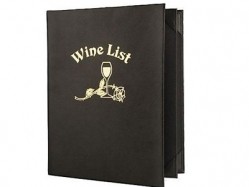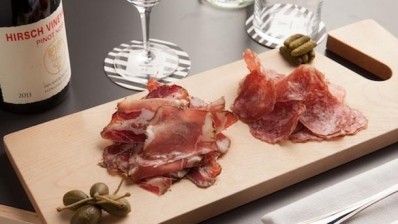ASK THE EXPERTS
How to write a wine menu

To make a wine menu as effective as possible, you should always ensure it is is well laid out and clearly understood by the consumer, using language that is in-keeping with your restaurant, hotel, pub or bar’s style.
Style and recommendations
A wine list categorised by style, rather than by region or grape variety, for example ‘Dry and Crisp Whites’, or 'Big and Bold Reds', will make it easier for those consumers who don’t know much about wines to choose one.
Similarly, a manager’s recommendation will also reduce the risk, by providing your customer with the reassurance that what they are ordering is a favourite of someone who is more knowledgeable about wine than they are.
A menu should not, however, be created on personal preferences. A common mistake is to assume that what you like is also what your customer will like.
It is crucial that you include a selection of light, dry whites. In the casual dining environment Chardonnay, Sauvignon Blanc and Pinot Grigio are the most popular grape varieties so they need to be on there
If your menu is large enough, consider two listings of popular grape varieties, such as Pinot Grigio, at different price points to give your customers the option of a regular or more premium offering.
Key red wines should be varietal too. Merlot, Cabernet Sauvignon and Shiraz are the most popular varietals but Pinot Noir definitely has its place too. Finally, broaden your range of Rosé wines to capitalise on the current boom in Rosé.
Descriptions
Descriptions need to be written well enough to give confidence and encourage customers to experiment and could include a general food match. Good, accurate descriptions really do sell wines, while poor descriptions can really damage your list.
Pricing
The pricing structure of the wine list can have a big influence on sales, so do not put the most popular grape varieties at entry level or first on the list.
The lowest priced wine should provide an entry point to the wine drinker, but with little focus and encouragement. It's a good idea to offer a ‘House recommendation’ rather than a ‘House wine’ and don’t make it the cheapest on your list.
The highest priced wine may hardly sell but will make other premium wines below it look good value for money.
Be brave and expand the availability of wines by the glass – which is a great way to encourage your customers to try different wines, especially of some of your more premium and, perhaps, quirkier wines.
For more advice on how to write a wine list visit www.enotria.co.uk

















